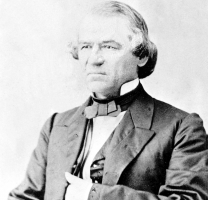Top 7 Interesting Facts about Amy Johnson
Amy Johnson is one of the 20th century's most inspirational role models. She broke records as a pilot, becoming the first woman to fly solo from England to ... read more...Australia and breaking the record for the shortest flight time between England and India. Here are 7 interesting facts about Amy Johnson that everyone should know.
-
Amy Johnson was born in 1903 in Hull, East Yorkshire. When traveling to Hull, her father, a Danish fish broker, met her mother, a Yorkshire lady named Amy Hodge. Her parents were Amy Hodge and John William Johnson, both of the fish merchants Andrew Johnson, Knudtzon and Company. Amy was the great-granddaughter of William Hodge, the late 1800s mayor of Hull, which is one of the interesting facts about Amy Johnson. She was the oldest of three sisters.
She was always highly competitive, liked playing games with males, and had a strong sense of adventure. She was hit by a cricket ball when she was 14 and lost her two front teeth. She recounts becoming more reclusive as a result, and how she "withdrew more and farther into a protective shell of my construction." Amy Johnson went to Kingston's Boulevard Municipal Secondary School before transferring to South Yorkshire's University of Sheffield. She studied Economics there and received a Bachelor of Arts degree in 1923.
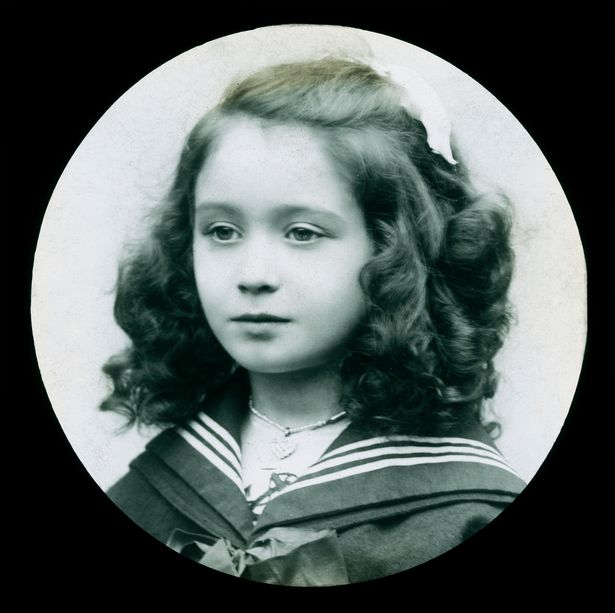
www.thisdayinaviation.com 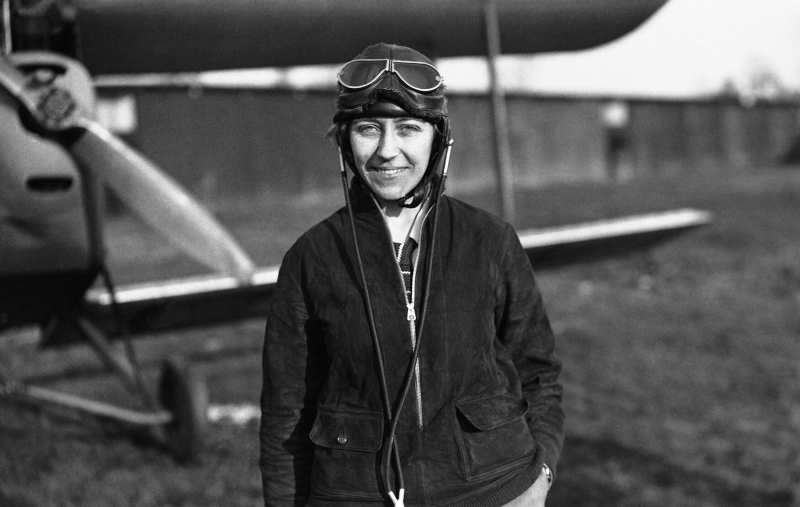
www.thisdayinaviation.com -
With a Bachelor of Arts in economics, she then worked in London as William Charles Crocker's secretary. Johnson decided to learn how to fly because she was bored with her office work. At the time, flying was still a relatively new hobby for most individuals, much alone women. In 1929, she earned both an aviation certificate and a pilot's license, which is one of the interesting facts about Amy Jonhson. She remembers how difficult it was to learn to fly and acknowledges that it was a terrifying experience because her first teacher was not very understanding.
She first learned to fly for fun on January 28, 1929, when she earned her aviator's certificate, No. 8662, and her pilot's "A" license, No. 1979, on July 6, 1929, both at the London Aeroplane Club under Captain Valentine Baker's instruction. She attained a ground engineer's "C" license that same year, making history as the first British woman to do so. Fred Slingsby, whose Yorkshire-based firm, Slingsby Aviation of Kirbymoorside, North Yorkshire, rose to become the most well-known glider maker in the UK, was friends with and a colleague of Johnson. At Sutton Bank, Slingsby assisted in founding the Yorkshire Gliding Club, and throughout the 1930s she was a pioneering member and trainee.
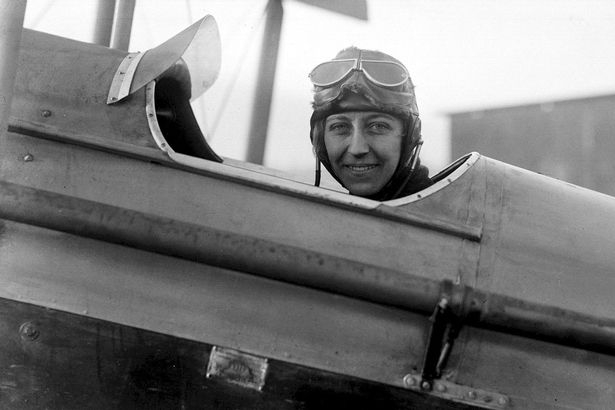
londonist.com 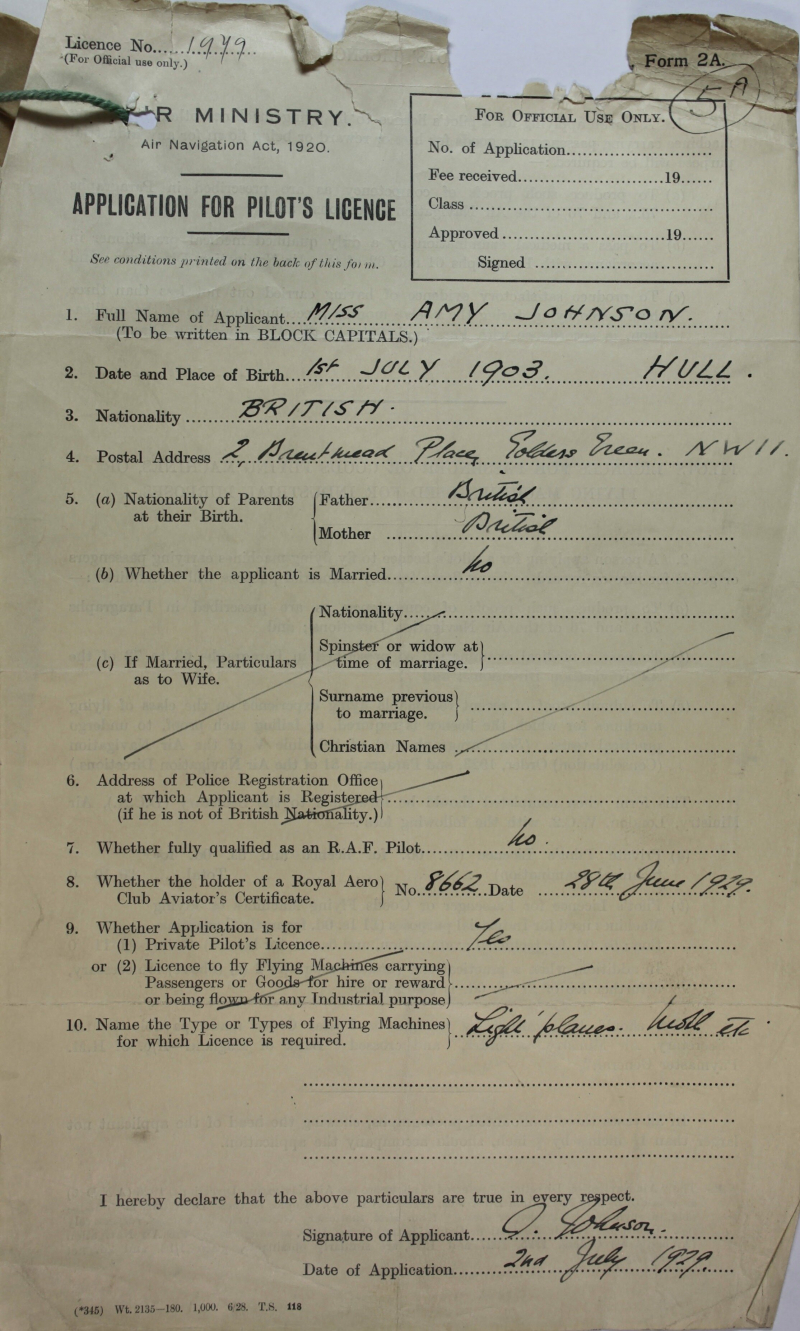
Amy Johnson’s application for an Air Ministry Pilot’s Licence - londonist.com -
Johnson received funding for her first plane from Lord Wakefield and her father, who has always been one of her biggest supporters. She bought a used de Havilland DH.60 Gipsy Moth G-AAAH and gave it the name Jason after the company name of her father.
Johnson showed the world that a woman could rule the aviation industry after only a year of pursuing her new interest, which is one of the interesting facts about Amy Johnson. She took off from Croydon on May 5th, 1930, to travel to fly alone from England to Australia in 1930, earning her international acclaim. The distance was 17,600 kilometers, and she aimed to surpass the previous record of 15.5 days. Intercontinental aviation travel was essentially unheard of at the time. By today's standards, airplanes were incredibly fragile. Most individuals had never even been close to an airplane, therefore it was thought to be an extremely difficult feat.
She took flight from Croydon Airport on May 5, 1930. She finished the journey approximately 19 days after beginning it despite having virtually no prior flying experience. She had a challenging landing at Timor, in the Dutch East Indies. She landed on a grassy field covered in enormous anthills after missing the airfield. Six days later, she crashed her plane while attempting a downwind landing at Brisbane Airport, so she took Captain Frank Follett's flight to Sydney to wait for her plane to be fixed. Captain Lester Brain subsequently flew Jason to Mascot, Sydney. The Science Museum in London's Flight Gallery currently has G-AAAH "Jason" on permanent exhibit.
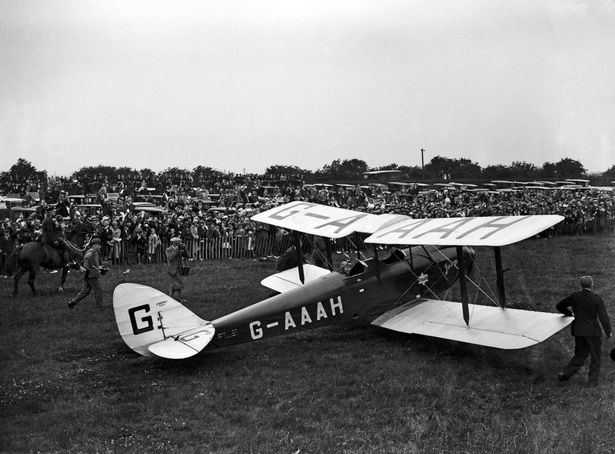
www.irishmirror.ie 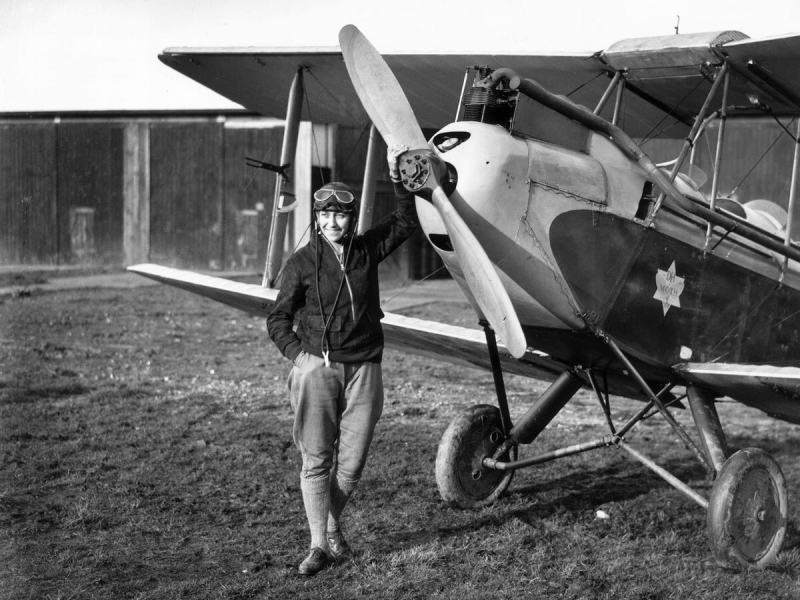
www.irishmirror.ie -
She became a superstar overnight as a result of her spectacular entrance into Australia, which only helped to catch the public's attention. It served as a nice diversion from the depressing Great Depression news. She received a £10,000 reward from the Daily Mail. For this accomplishment, she was awarded the Harmon Trophy and a CBE in George V's 1930 Birthday Honours. She was also given Australia's No. 1 civil pilot's license under the country's 1921 Air Navigation Regulations.
"I am a typical lady who accomplished incredible feats. first to be certified as a ground engineer and the first person to go alone to Australia. When I returned home, a million people were lining the streets of London. I waved at them from an open-top automobile, behaving like the air's queen" - Amy Johnson said.
Amy started to take on new experiences and seek out new challenges after the thrill of her first long-distance flight, including flying to Moscow with co-pilot Jack Humphreys. The de Havilland DH.80 Puss Moth G-AAZV, which Johnson later acquired, was given the name Jason II. She and her co-pilot Jack Humphreys made history in July 1931 when they flew 1,760 miles (2,830 km) from London to Moscow in only one day, taking about 21 hours. They then proceeded over Siberia and on to Tokyo, breaking the previous record for Britain's travel time to Japan.
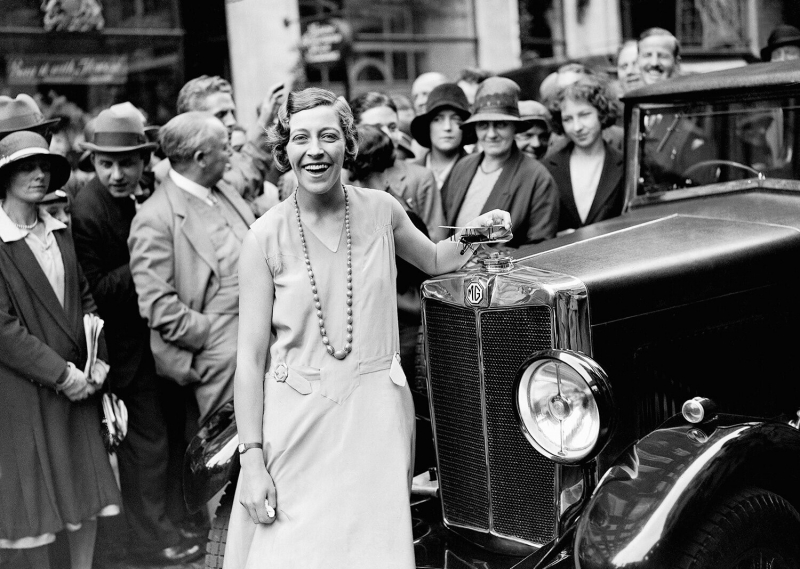
Amy received a CBE - www.dailymail.co.uk 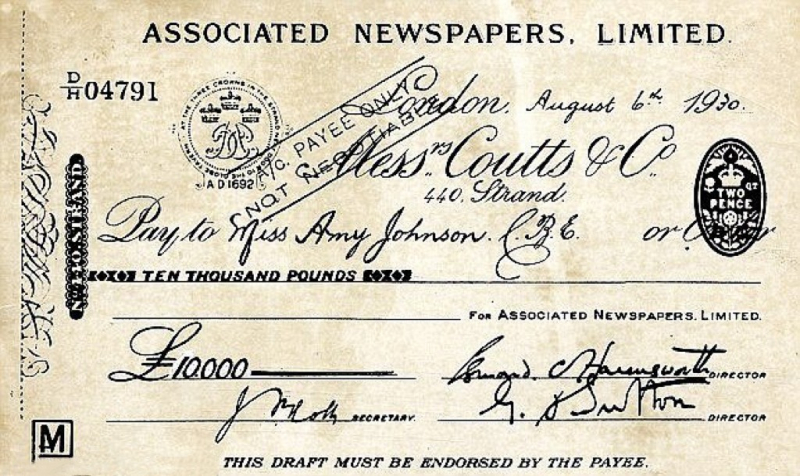
Amy Johnson was awarded a prize of 10,000 by the Daily Mail for her flight - www.dailymail.co.uk -
Johnson wed Scottish pilot Jim Mollison in 1932, they had been dating for only eight hours when he proposed to her during a flight, which is one of the interesting facts about Amy Johnson. Johnson beat her new husband's record in July 1932 by flying alone in the Puss Moth G-ACAB, called Desert Cloud, from London to Cape Town, South Africa. This flight was highlighted in commercial efforts by Castrol Oil and De Havilland Company.
Johnson and Mollison flew the de Havilland DH.84 Dragon I, "Seafarer," as G-ACCV from Pendine Sands, South Wales, to Floyd Bennett Field in Brooklyn, New York, nonstop in July 1933. The plan was to fly "Seafarer" to the commencement of Mollison's attempt to fly nonstop from New York to Baghdad, setting a new world record.
The two decided to land short of New York since they were out of gasoline and were now flying in the dark of the night. After spotting the lights of Bridgeport Municipal Airport in Stratford, Connecticut (now Sikorsky Memorial Airport), they circled it five times before making a crash landing outside the field in a drainage ditch. Despite being flung off the airplane, both people just sustained scrapes and gashes. Following their recovery, the duo got a ticker tape procession down Wall Street and was feted by New York society.
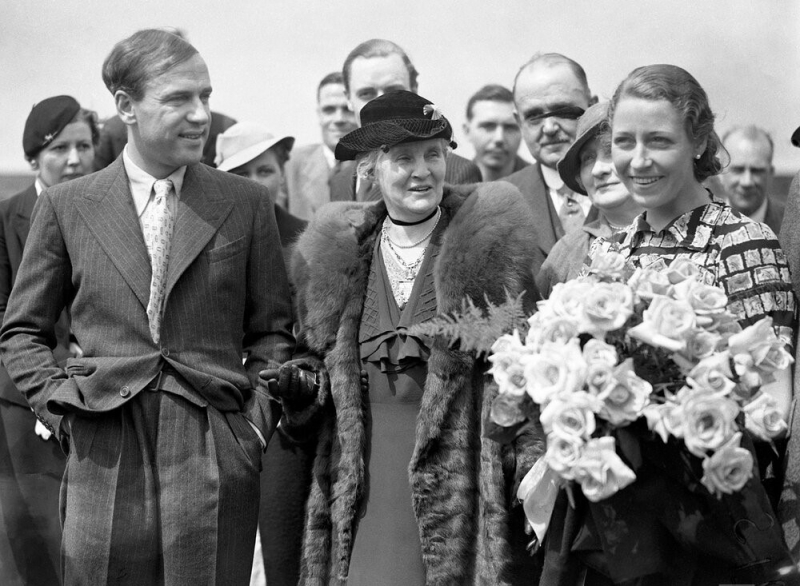
apimagesblog.com 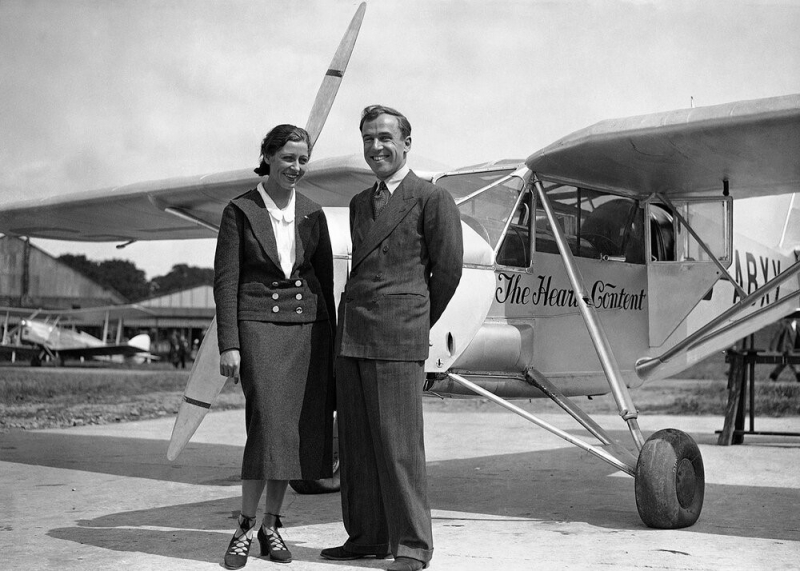
apimagesblog.com -
As part of the 1934 Britain to Australia MacRobertson Air Race, the Mollison's also flew in record time from Britain to India aboard G-ACSP, dubbed "Black Magic," a de Havilland DH.88 Comet, but were forced to abandon the race at Allahabad due to engine problems. According to some sources, Mollison was a strong drinker, and the pair frequently competed for aviation records.
She improved her gliding abilities by participating in activities at the Shropshire-based Midland Gliding Club, which she joined in October 1937 and continued to fly with until the Second World War's beginning, when gliding was put on hold. Johnson flipped her glider in 1938 when landing after a performance at Walsall Aerodrome in England, but she escaped with just minor injuries. Despite the incident, she continued to claim that gliding was the safest method of flight while speaking to the media. Amy divorced Mollison that same year. She quickly went back to using her maiden name. Johnson was also profoundly touched by the disappearance of fellow female aviator Amelia Earheart in 1937. Johnson stopped setting new records after this point and focused more on gliding.
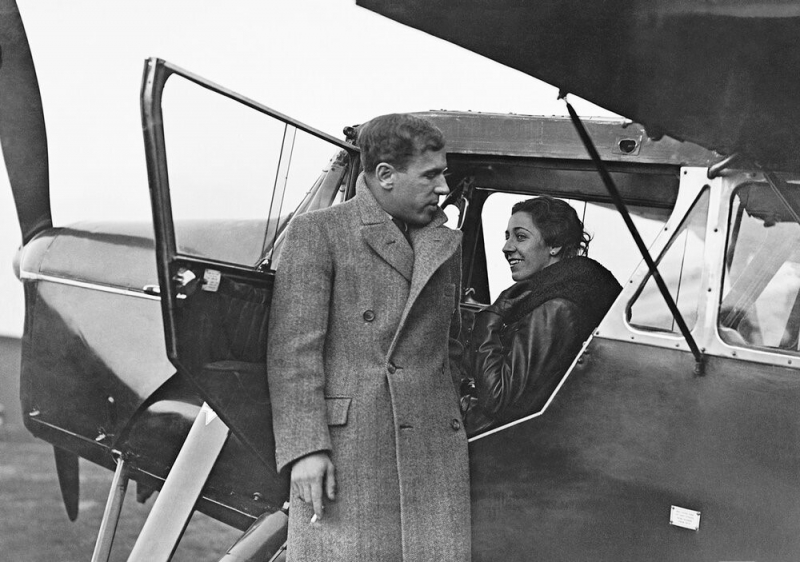
On November 8, 1932, at Stag Lane, Amy Mollison prepared to attempt to surpass her husband Jim's record for flying nonstop from England to Cape Town - apimagesblog.com 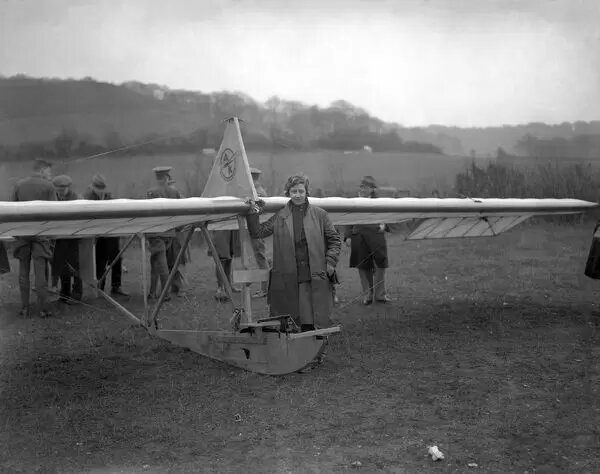
Amy Johnson alongside a Zogling primary glider - www.prints-online.com -
Johnson was flying an Airspeed Oxford for the ATA on January 5th, 1941. In bad weather, she veered off course, and as her plane crashed into the Thames Estuary, she evacuated it. She was able to call for assistance after her parachute was noticed by a fleet of ships in the estuary. There was a strongly tidal, it was really cold, and it was snowing, making for unfavorable weather conditions.
Lt. Cmdr. Walter Fletcher, the commander of HMS Haslemere, made an effort at a rescue. Johnson was thrown ropes by the crew, but she was unable to grasp them and was sucked beneath the ship instead. Lt. Cmdr. Fletcher jumped into the ocean after spotting what he thought to be Amy Johnson in the water. After swimming over to the item and realizing it wasn't Johnson, he ultimately passed out. He was saved by a lifeboat, but he passed away a few days later in the hospital.
A tragic aspect of Amy Johnson is that her body has never been found. According to one historian, Johnson perished as a result of being entangled in the ship's propellers while being pulled beneath it. Others contend that the pilot's failure to provide accurate ID numbers to the command tower contributed to the downing of her aircraft by friendly fire. The participating cops were sent to cover up the incident after realizing their mistake.
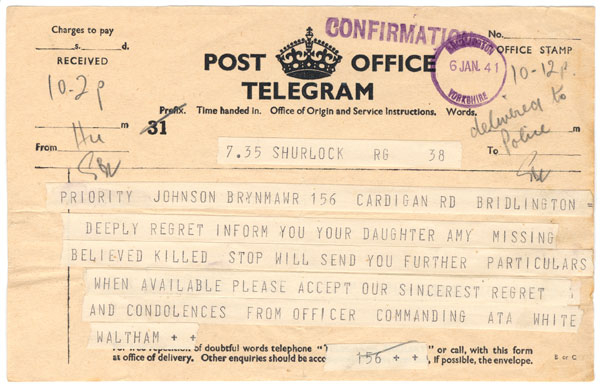
Official telegram notifying Amy Johnson’s parents of her death - www.thisdayinaviation.com 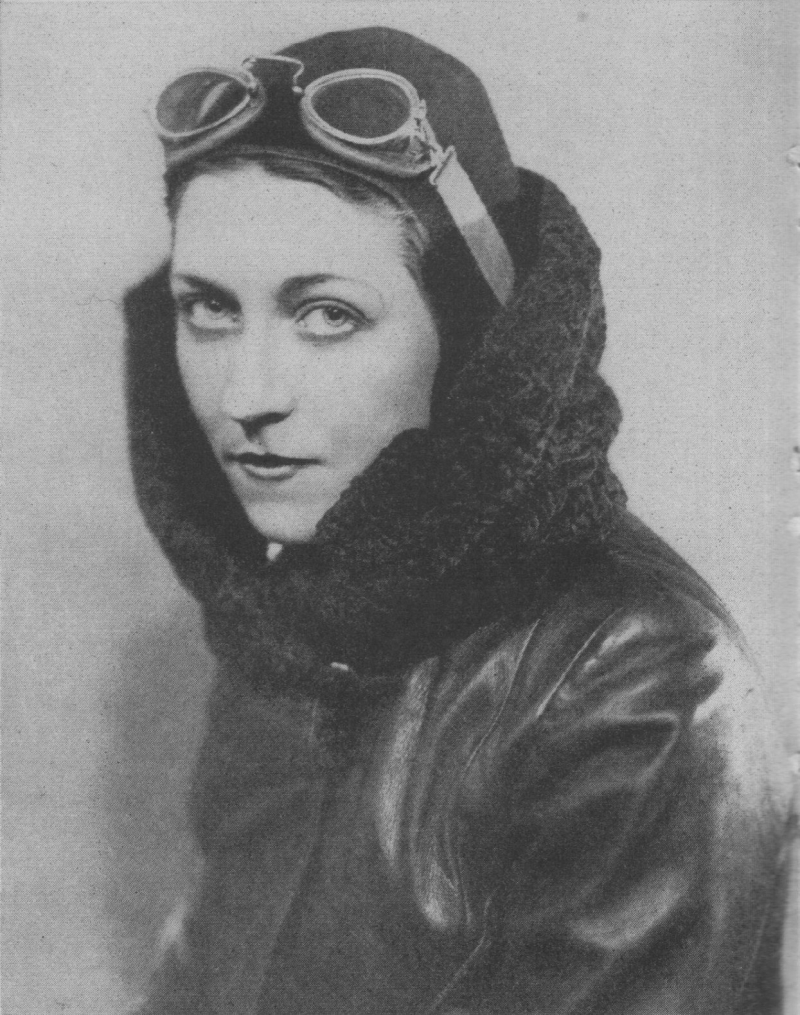
blog.britishnewspaperarchive.co.uk









